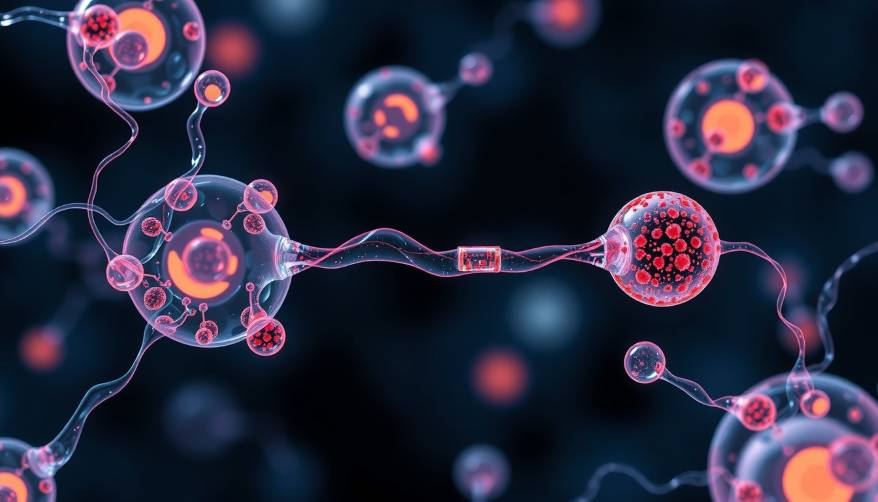How Oxygen’s Reactive Forms Shape Future Tech and Health
Why Oxygen Chemistry Matters
Oxygen plays a vital role in many natural and technological processes. From breathing to powering batteries, different forms of oxygen affect life and devices around us. Important chemical reactions involve the transformation of oxygen into various states, including singlet oxygen (1O2) and triplet oxygen (3O2). Reactive oxygen species encompass these different states of oxygen. While 3O2 is stable and less reactive, 1O2 is highly reactive and can cause damage to cells or battery components.
Scientists focus on how these states evolve because understanding them helps improve energy storage, like metal-air batteries, fuel cells, and even biological processes such as cell signaling. Learning why certain conditions produce more singlet or triplet oxygen reveals the inner workings of these critical systems.
The Role of Superoxide in Oxygen Reactions
Superoxide (O2−) is a crucial intermediate form between regular oxygen molecules and other oxides. It plays a significant part in reactions where oxygen is reduced or evolved. For example, superoxide gases can split during disproportionation—a process that creates both singlet and triplet oxygen forms as reactive oxygen species.
This reaction also occurs inside living organisms as well as in batteries that use metal oxides. These insights explain phenomena such as how some batteries degrade over time due to the aggressive nature of singlet oxygen reacting with organic materials inside them.
Kinetics: How Fast Oxygen Changes Form
The speed at which superoxide oxidizes depends on energy changes during electron transfers. Scientists study this through Marcus theory, which models reaction rates based on driving forces—the energy differences pushing reactions forward.
The oxidation to 3O2 or 1O2 follows distinct kinetic paths described by separate mathematical expressions shaped like parabolas. These describe how fast each form appears depending on the available driving force—important for controlling which type dominates under specific conditions.
The Impact on Batteries and Biological Systems
Batteries: Fighting Degradation with Singlet Oxygen Knowledge
A major challenge in developing long-lasting metal-air batteries is preventing damage caused by reactive species like singlet oxygen. Overly reactive 1O2 interacts with electrolytes and carbon additives inside batteries, causing breakdowns that reduce efficiency.
Understanding kinetics behind superoxide oxidation helps engineers design better materials that limit unwanted 1O2 production or trap it safely before it causes harm—leading to devices that last longer and perform better.
Biological Effects: Balancing Benefits and Risks
Reactive oxygen species (ROS), including singlet oxygen, serve as signals within cells to regulate growth, defense, or metabolism. However, excessive ROS can cause cell damage, leading to diseases.
The research clarifies under what conditions these species emerge from superoxide intermediates, so medical science can explore therapies aimed at balancing their beneficial roles against harmful effects in human health.
Reference:
Mondal, S., Nguyen, H. T. K., Hauschild, R., & Freunberger, S. A. (2025). Marcus kinetics control singlet and triplet oxygen evolving from superoxide. Nature. https://doi.org/10.1038/s41586-025-09587-7
Additionally, to stay updated with the latest developments in STEM research, visit ENTECH Online. Basically, this is our digital magazine for science, technology, engineering, and mathematics. Further, at ENTECH Online, you’ll find a wealth of information.



